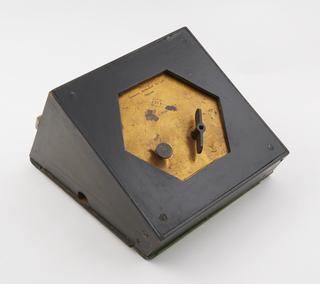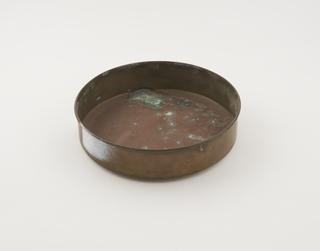Composite double-skin plate girder
Main girder: Composite double-skin plate girder (aka Box girder) of rivetted wrought iron plate with cast iron upper flange
More
William Fairbairn was a civil engineer who is known for his design and construction of iron bridges made from long riveted, tubular section girders. The bridges which best exemplify this design are the Conwy bridge of 1848 and the Britannia bridge of 1850 which were both overseen by Robert Stephenson. Fairbairn built 1000 bridges and worked during the most important development years in UK bridge building from 1845-1864.
The Half Moon Lane Bridge was a railway bridge crossing built in 1848 and displayed an early form of the box girder. The box girders were made with riveted wrought iron plates, with a cast iron beam sandwiched riveted to these plates. Bosses at intervals along the cast iron beams enabled wrought iron hangar rods to be supported which carried cross beams carrying the deck. The bridge is of unusual construction due to the street diverging beneath the girders which means the girders were of different lengths.





